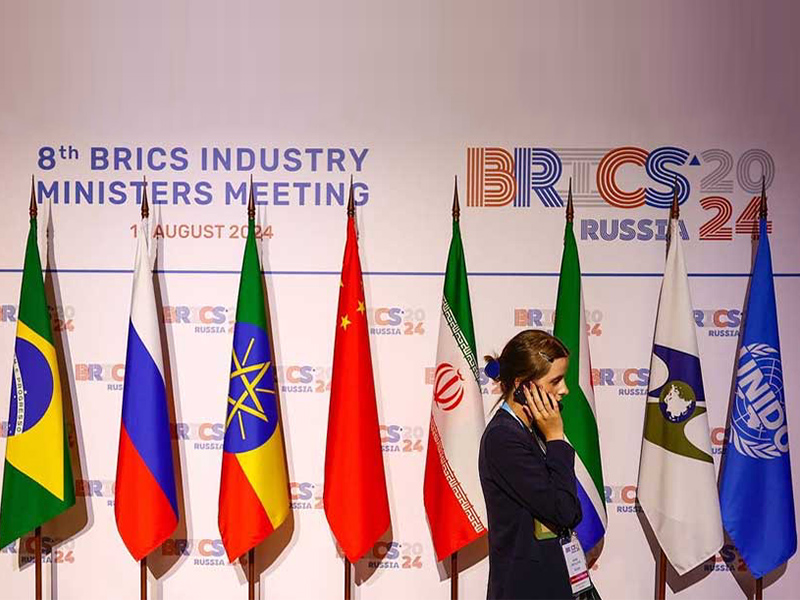
BRICS is accelerating economic growth in the Global South, investing over $33 billion in infrastructure, clean energy, and digital transformation. China and India are driving AI and automation advancements, strengthening supply chains, and formalizing informal economies. With strategic investments and policy reforms, BRICS is reshaping global trade and challenging Western economic dominance.
BRICS is accelerating economic growth throughout the Global South, addressing urbanization challenges, de-industrialization, and infrastructure deficits. More than $33 billion in financing through the New Development Bank (NDB) has been dedicated to clean energy, transportation, water systems, and digital infrastructure, with efforts to promote sustainable development and regional connectivity.
China and India, leaders in AI and automation, are transferring that cutting-edge technology to BRICS partners, bridging the digital divide and modernizing key industries. Policy initiatives take place in the context of strengthening supply chains, enabling digitization of the workforce and the formalization of informal economies so that digital transformation matches regional priorities. In contrast, BRICS is advocating for fairer trade frameworks and robust digital intellectual property rights with an eye toward the Global South as bastion of innovation and economic self-sufficiency.
Through their establishment of infrastructure through strategic investment and structural reform BRICS is restructuring the dynamics of global trade, economic resilience, and political and economic power. BRICS is countering this by forging a new multi-polar world order, analogous to the D10 (the US, UK, France, Germany, Japan, Canada, and Australia) which also aims to supersede Western systems.

